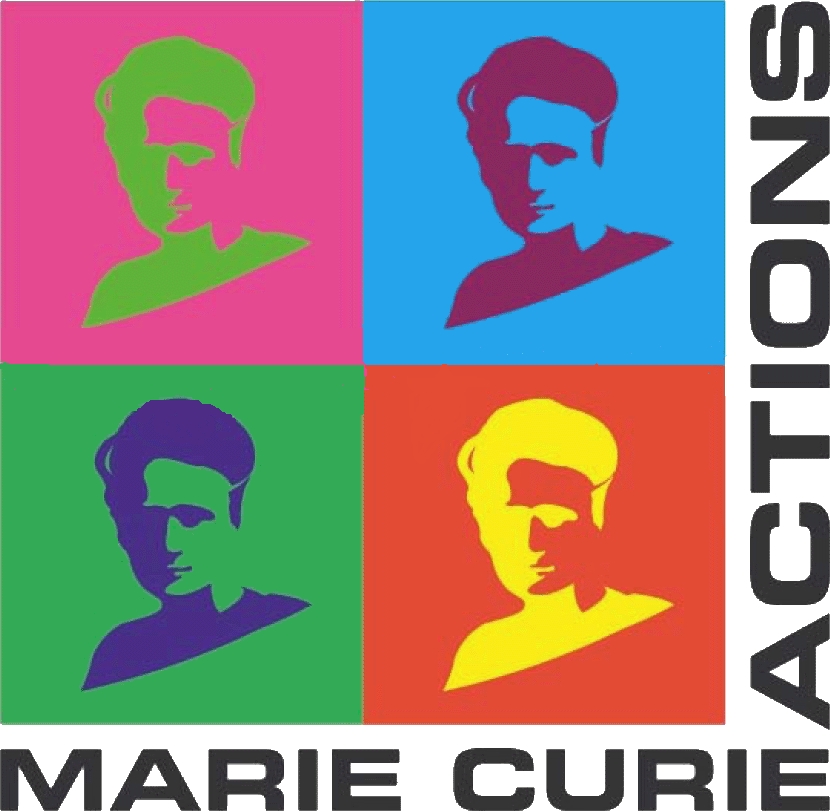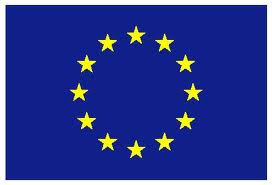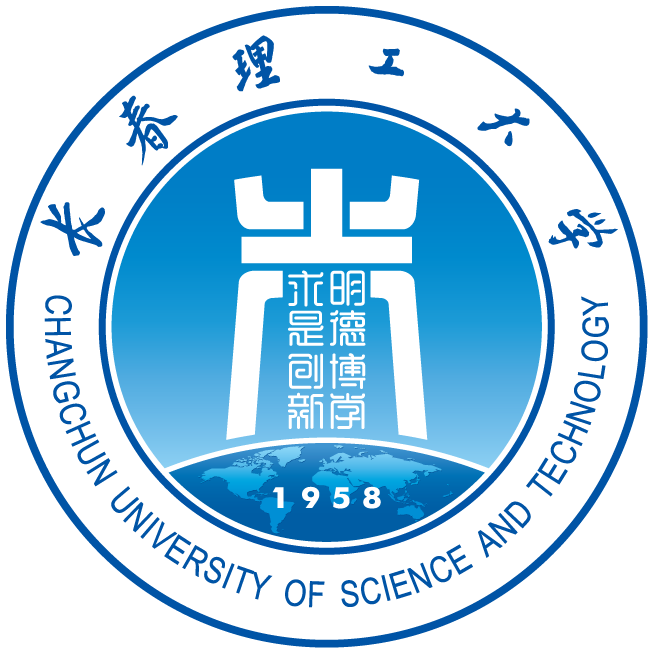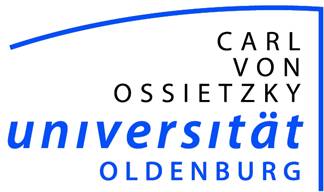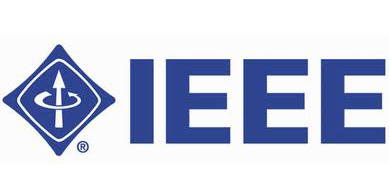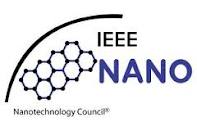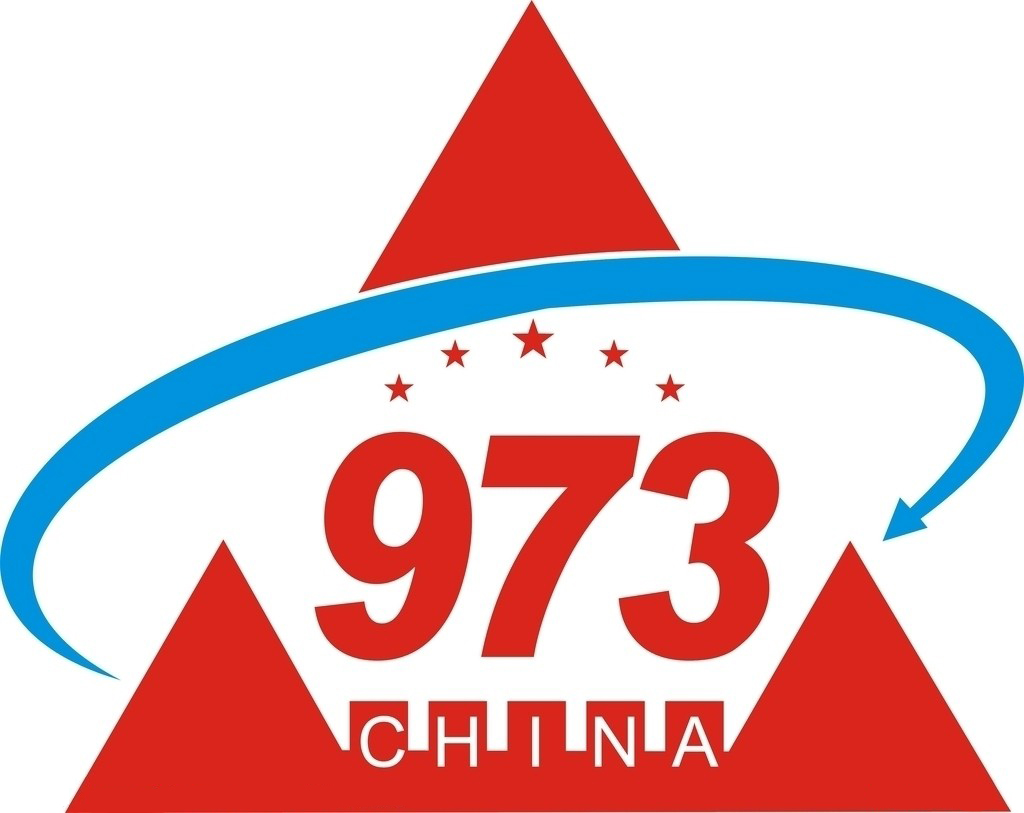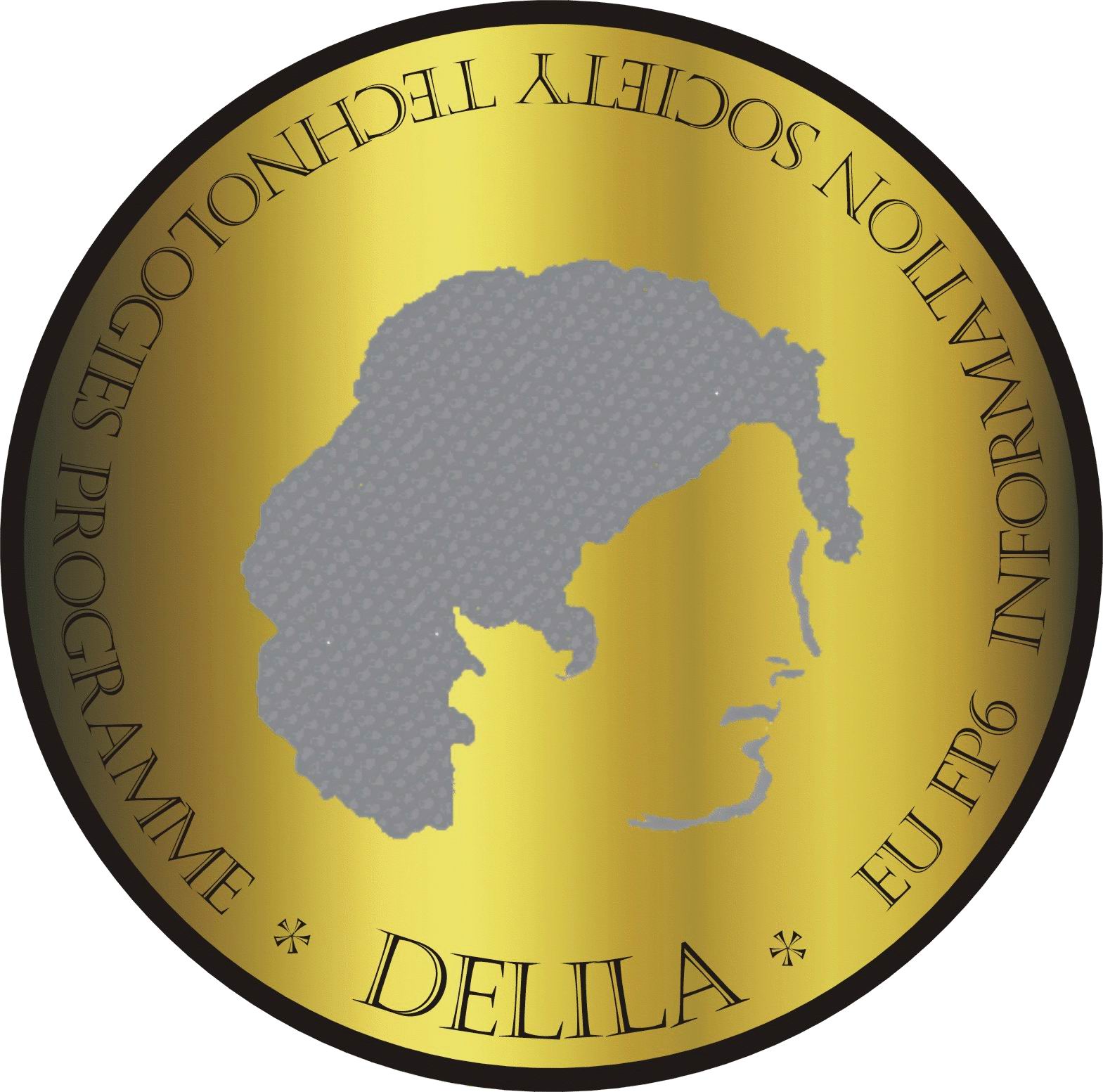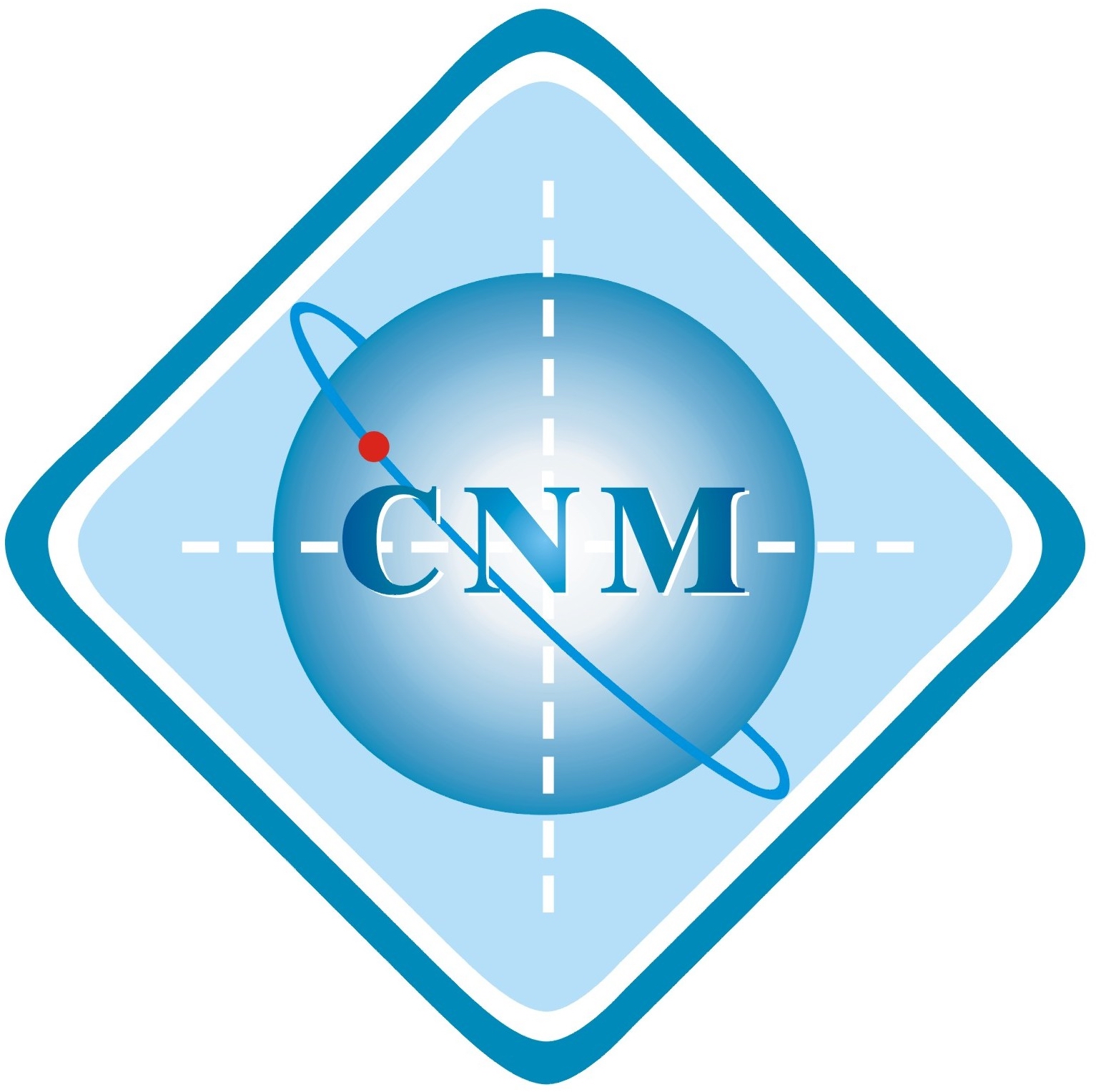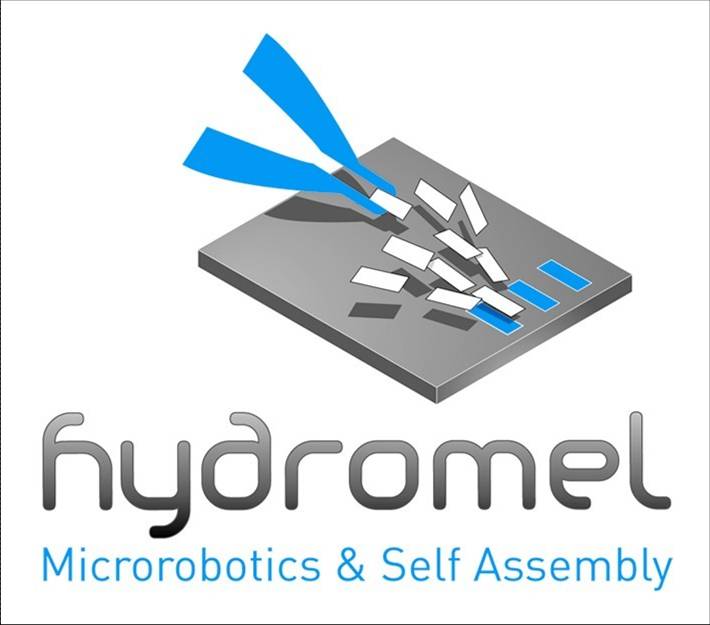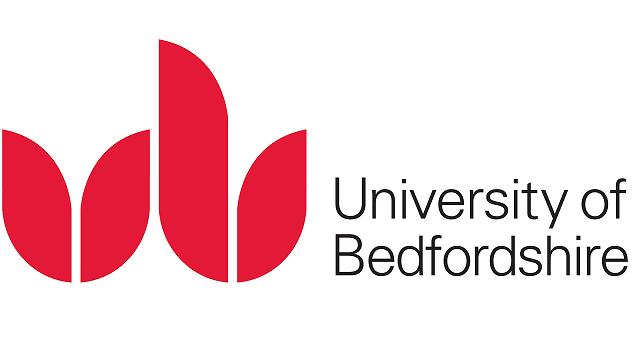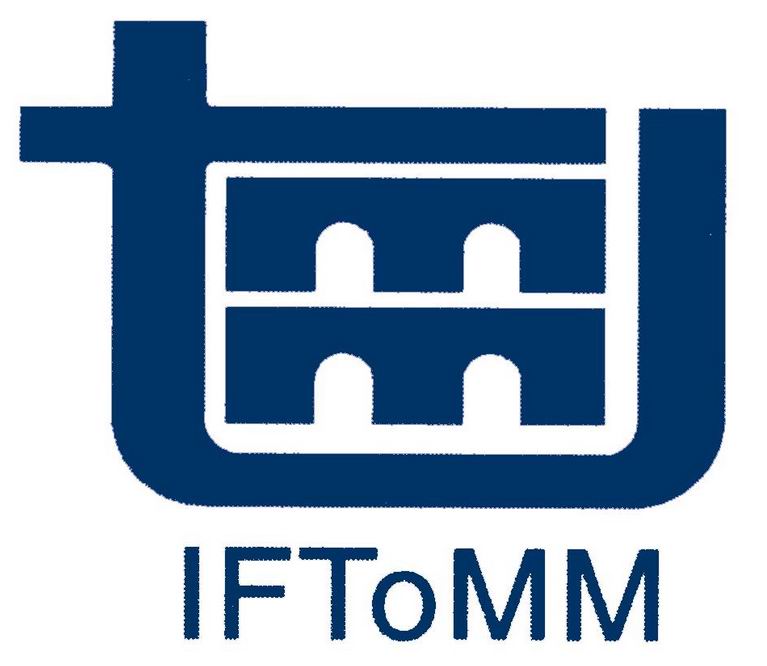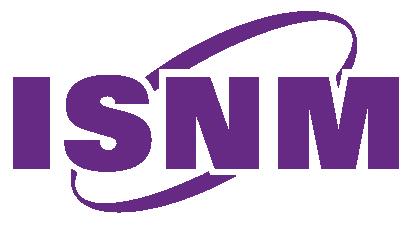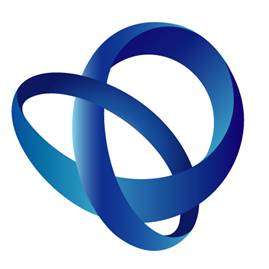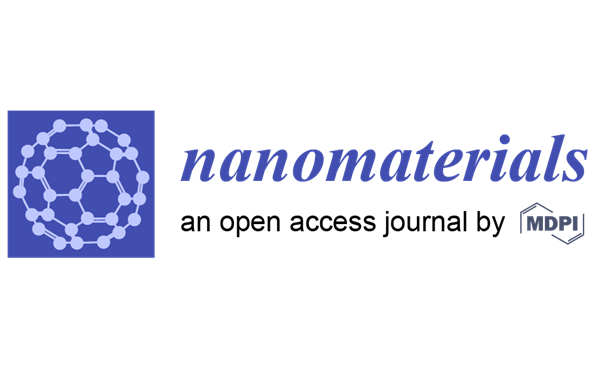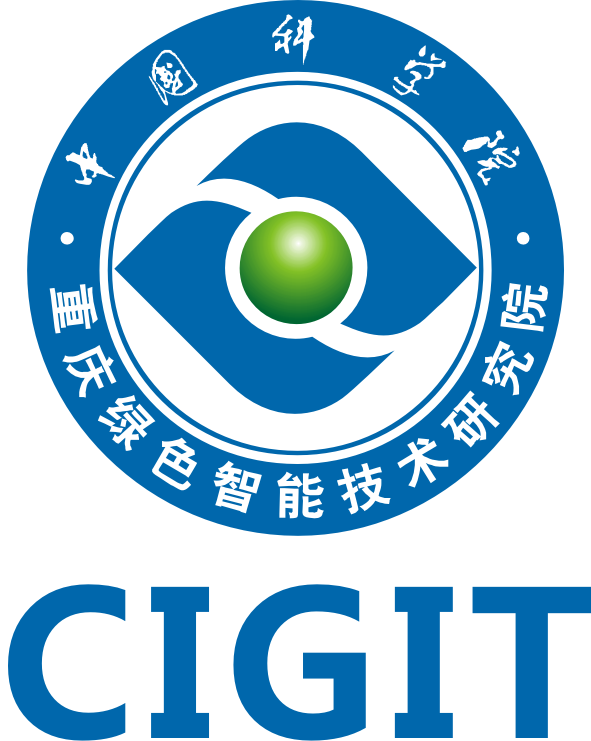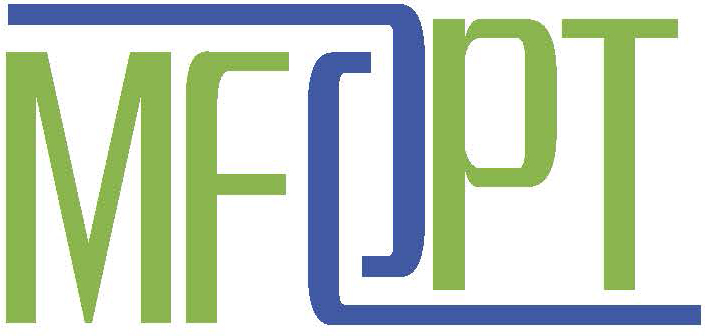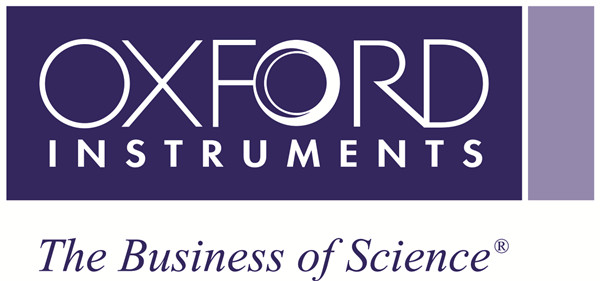|
|
| |
Keynote Speakers |
|
|
|
|
|
|
|
| |
|
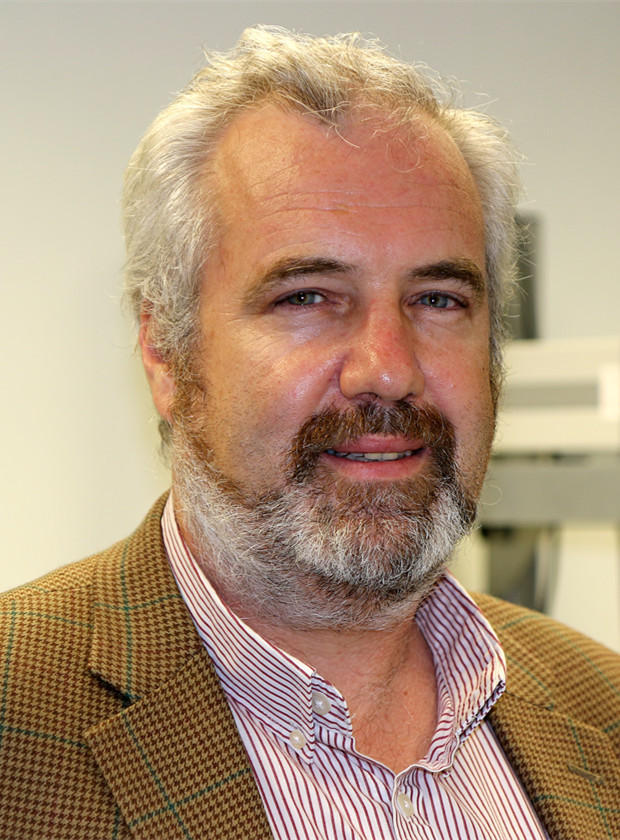
|
|
Nigel Copner |
|
Professor |
|
Head of Wireless and Optoelectronics Research and Innovation Centre (WORIC) |
|
Faculty of Computing, Engineering and Science |
|
University of South Wales, UK |
|
Personal homepage |
|
|
|
Title: Novel photonic devices for lighting and communication applications |
|
Abstract: Photonic devices possess the capability to source, detect, and control light, which makes it ideal to be used in the wide range of applications such as for indoor and outdoor lighting, mobile phones in the field of consumer electronics, for fiber optics in telecommunication, for bio-sensors in life science, for measurement in aerospace & defense. Research of novel photonic devices/systems for high efficiency LED/OLED lighting and ultrafast communication applications in Wireless and Optoelectronics Research and Innovation Centre (WORIC) will be introduced in this presentation. |
|
|
|
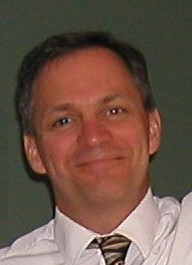
|
|
Thomas W. Crowe |
|
Founder and CEO |
|
Virginia Diodes, Inc. |
|
Visiting Research Professor |
|
Department of ECE |
|
University of Virginia, USA |
|
Personal homepage |
|
|
|
Title: Terahertz Technology for Test & Measurement |
|
Abstract: The terahertz frequency range spans the technological gap between microwave electronics and infrared photonics, and represents unique challenges for scientists and engineers. This talk will review the state of terahertz technology and its use for science applications, including the measurement and evaluation of new materials. The emphasis will be on the capabilities of terahertz sources and detectors, including reviews of the most important applications. |
|
|
|
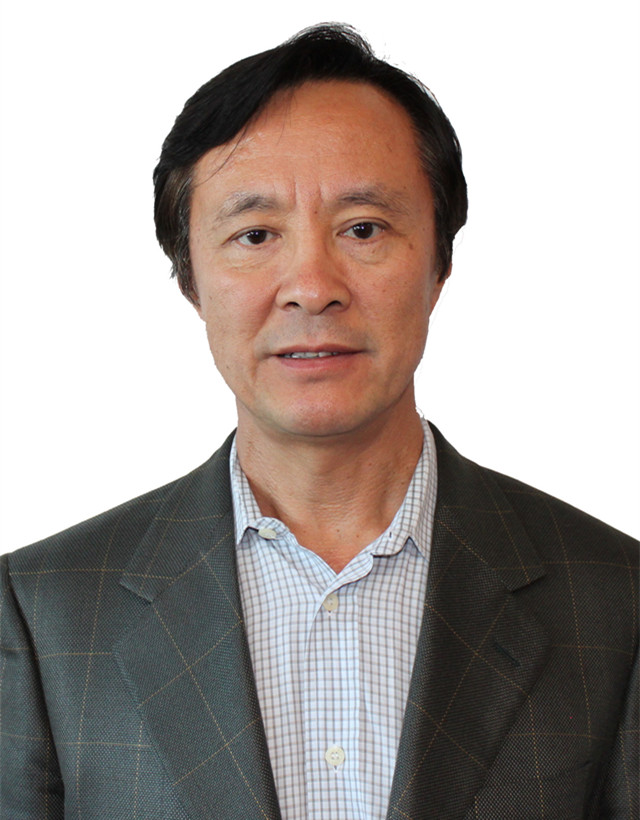
|
|
Hongliang Cui |
|
Professor |
|
Chongqing Institute of Green and Intelligent Technology, Chinese Academy of Sciences |
|
School of Instrumentation Science and Electrical Engineering |
|
Jilin University, China |
|
Personal homepage |
|
|
|
Title: Terahertz Spectroscopic Detection of Biomolecules |
|
Abstract: Terahertz (THz) electromagnetic wave belonging to the frequency band from 0.1 to 10 THz (pundits narrow this range to 0.3 - 3 THz) has emerged as a powerful tool for investigating biomolecular systems. Since the energy level of THz wave largely coincides with that of the biomolecular low-frequency motions including vibration, rotation and translation of the molecular skeleton and that of the weak intermolecular interactions including hydrogen-bond and van der Waals interaction, THz spectroscopy as a molecular detection technology has its unique advantages over some other existing ones. At the same time, due to the picosecond timescales of the conformational change and the solvation dynamics of most biomacromolecules such as protein and DNA, THz spectroscopy can be well suited to explore the dynamics of biomolecules in aqueous solution.
In the last several years, our research group has focused on THz spectroscopy detection and spectral imaging of biomolecules, especially on the development of a THz near-field nanoscopy equipment for imaging of cells and real-time investigation of the interaction between proteins with biomedical significance. On the theoretical front, we have calculated and analyzed the characteristic spectra of polypeptides, proteins, and DNA polynucleotides, and investigated the effects of concentration, conformation and size of biomolecules on their THz spectra. Experimentally, simple and efficient liquid sample cells and micro/nanofluidic channels for THz spectroscopy tests were fabricated and the THz spectra of DNA, protein, lipid, bacteria, and cells were investigated. Details of these studies, progresses and outlooks will be presented. |
|
|
|
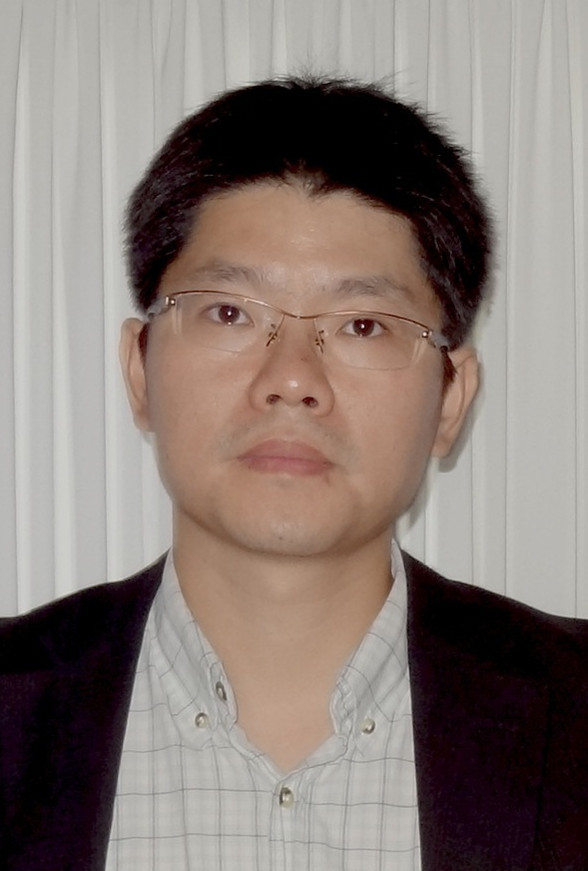
|
|
Mingdong Dong |
|
Associate Professor |
|
Head, Bio-SPM Lab |
|
Interdisciplinary Nanoscience Center (iNANO) |
|
Aarhus University, Denmark |
|
Personal homepage |
|
|
|
Title: Single Molecule Investigations on DNA Origami Platform |
|
Abstract: DNA nanotechnology provides a robust method for building nanoscale architectures. The programmable surfaces of 2D DNA origami provide an idea functional template to control the spatial orientation of individual molecules in accurate position. Such programmable DNA surfaces can be utilized for investigating biological molecules at single molecule level. |
|
|
|
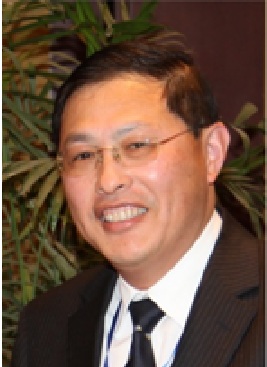
|
|
Min Gu |
|
Distinguished Professor |
|
Artificial Intelligence Photonics Laboratory
School of Sciences |
|
Royal Melbourne Institute of Technology University (RMIT) |
|
Australia |
|
Personal Homepage |
|
|
|
Title: 3D Nano Printing |
|
Abstract: In this talk, I will introduce the concept of 3D nano printing which was achieved by our invention of super-resolution photoinduction-inhibition nanolithography, enabling to break the diffraction barrier that has governed the optical instruments for over 140 years. More importantly, by combining our invention of multifocal microscopy, we have demonstrated optical fabrication with great resolution comparable to E-beam lithography but with three-dimensional capability and unprecedented throughput. This technique opens new pathway to produce functional 3D nano structures. |
|
|
|
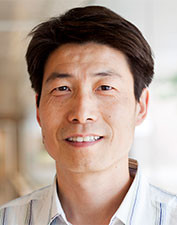
|
|
L. Jay Guo |
|
Professor |
|
Department of Electrical Engineering and Computer Science |
|
The University of Michigan |
|
USA |
|
Personal homepage |
|
|
|
Title: Scalable nanopatterning technologies and applications in photonics |
|
Abstract: There is increasing interest and demand for nanomanufacturing technologies that are scalable both in spatial dimension (i.e. large areas) and in time (high speed). For example, to address the growing market and applications in display, photovoltaic and biological applications, cost effective, high precision, large area patterning technologies are in high demand. To overcome the resolution limited by light diffraction in photolithography, mechanical based methods (e.g. Nanoimprint Lithography) were developed, and has been scaled up to continuous roll to roll patterning. There is also renewed interest in photolithography due to its high throughput by exploring plasmonics. Recent results show that uniform, deep-subwavelength, and high aspect ratio structures can be obtained by exploiting spatial light filtering. Applications in structural colors and metasurfaces will be discussed. |
|
|
|
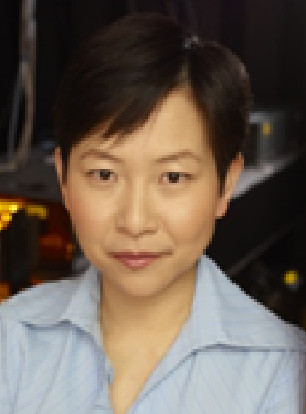
|
|
Baohua Jia |
|
Associate Professor |
|
Centre for Micro-Photonics, Faculty of Science, Engineering and Technology |
|
Swinburne University of Technology |
|
Melbourne, Australia |
|
Personal homepage |
|
|
|
Title: Graphene oxide-a versatile platform for 2D optoelectronic devices |
|
Abstract: Recently, inspired by the extraordinary physical and chemical properties of graphene, great research effort has been devoted to develop functional graphene-enabled devices. However, challenges still exist in developing scalable and low-cost fabrication method. Solution processible graphene oxide provides a viable approach for achieving reasonable quality and large-scale graphene films with minimum fabrication effort through removing the oxygen containing groups in graphene oxide. In this talk I will introduce our recent progress on laser patterned graphene oxide film for highly-integrated optoelectronics devices towards energy, information technology and aerospace applications. |
|
|
|
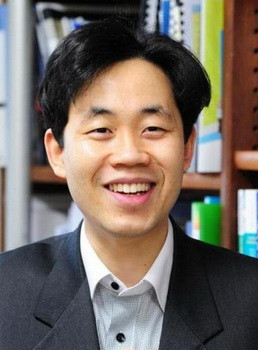
|
|
Sang Wook Lee |
|
Professor |
|
School of Physics |
|
Konkuk University |
|
Seoul, Korea |
|
Personal homepage |
|
|
|
Title: Carbon based electronics and electromechanics |
|
Abstract: In this presentation, novel carbon based electronic and electromechanical devices will be introduced. Carbon nanotubes (CNT) and graphene were utilized for the main materials for our study. The fabrication and physical properties of nano devices, such as carbon nano relay, CNT transistors with graphene moving gate, graphene xylophone will be presented. Possible applications of these devices to the future electronic system will be suggested in the end of this presentation. |
|
|
|
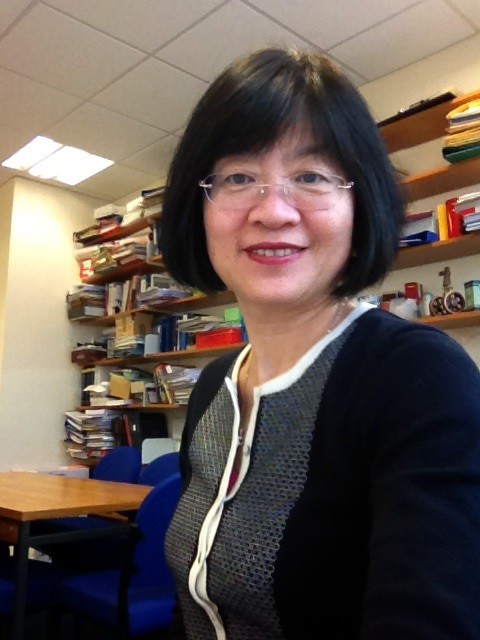
|
|
Xianping Liu |
|
Associate Professor |
|
School of Engineering |
|
The University of Warwick |
|
UK |
|
Personal homepage |
|
|
|
Title: Measurement and Characterisation of Surface Properties at Micro-Nano Scales |
|
Abstract: In recent years, Dr Liu has been leading research on multi-function characterisation of surface properties. It is especially concerned with surface properties at extremely small scales as they critically influence the design of future generation of components and devices used in engineering, bioengineering and nanotechnology. The multi-function tribological probe microscopy (TPM) is capable of mapping surface topography, friction, Young’s modulus and nano-hardness at micro and nanometre scales, in a single scan set-up. These four functions can be linked in space and time, which allows the cross correlation to be carried out, in order to investigate the influence of one function to another. This has led to a wider application covering surface related property measurement and characterisation, affective engineering, human tribology, novel instrument design and development for touch-feel perception, and mechanics and materials for functional surfaces. |
|
|
|
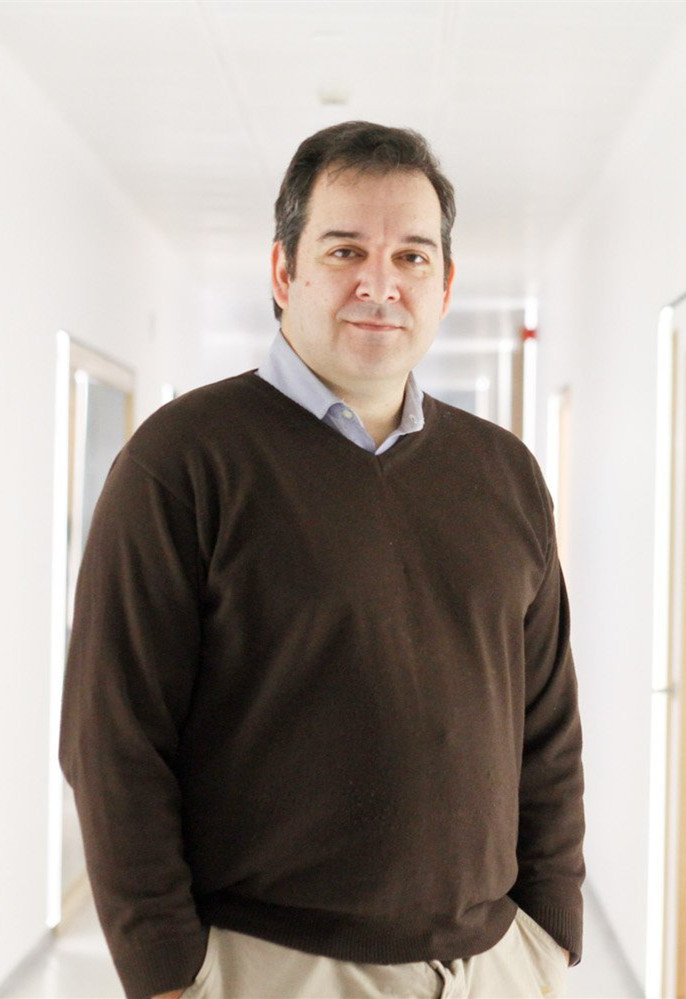
|
|
Santiago M Olaizola |
|
Professor |
|
CEIT-ik4 & Tecnun |
|
University of Navarra |
|
Spain |
|
Personal homepage |
|
|
|
Title: The art of precision laser processing of surface materials |
|
Abstract: Short-pulsed and ultrafast lasers are increasingly being adapted in industrial processes due to the inherent flexibility, high resolution and cost-effectiviness. In this talk we will review several techniques for precision laser manufacturing of materials surfaces to achieve submicronic resolution. The focus will be on laser interference processing and femtosecond laser techniques. We will describe in detail the different techniques and discuss several applications such as semiconductor laser processing, metrology and surface functionalization among others. |
|
|
|
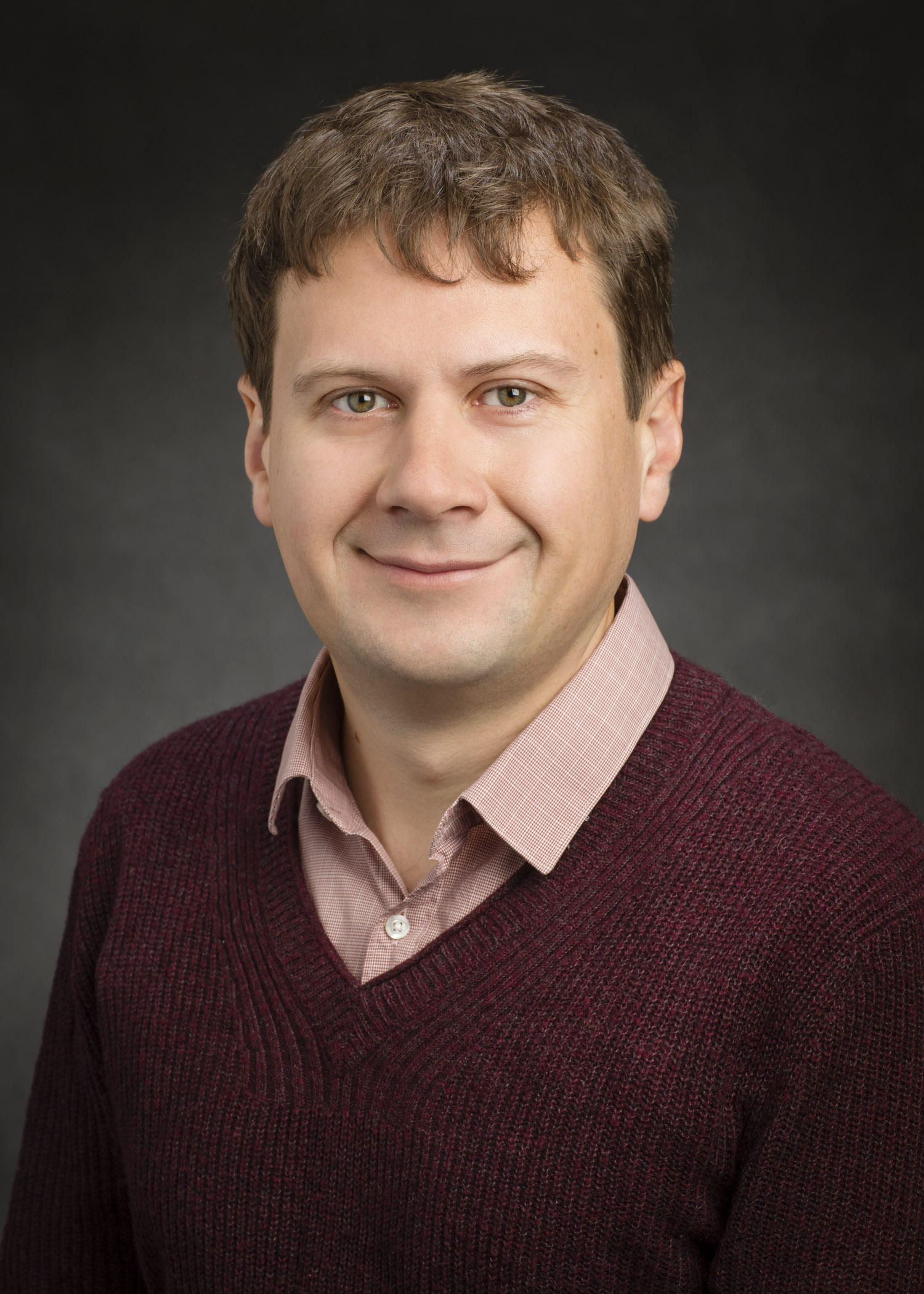
|
|
Aksimentiev Oleksii |
|
Professor |
|
Department of Physics |
|
University of Illinois |
|
USA |
|
Personal homepage |
|
|
|
Title: Nanopore Sequencing of Biomacromolecules |
|
Abstract:
— DNA sequencing using biological nanopores
— Graphene nanopores
— Nanoplasmonics for DNA sequencing
— Nanopore sequencing of proteins |
|
|
|
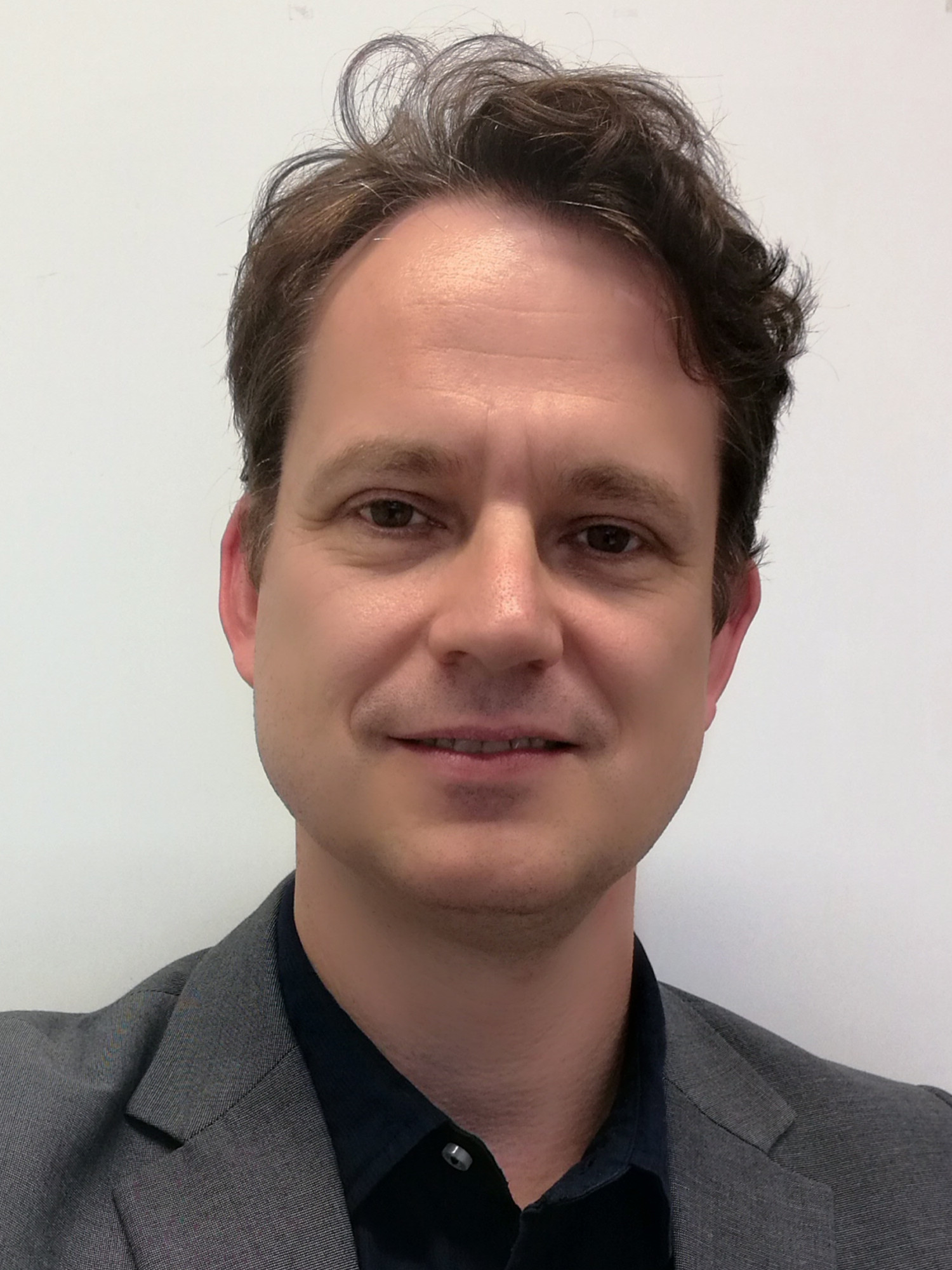
|
|
Wilhelm Pfleging |
|
Professor |
|
Karlsruhe Institute of Technology (KIT)
Institute for Applied Materials (IAM-AWP) |
|
Head of Group - Laser Materials Processing/Lithium-Ion Batteries |
|
Germany |
|
Personal homepage / Personal homepage |
|
|
|
Title: 3D battery |
|
Abstract: Laser surface texturing of battery materials (electrode, current collector, separator) is developed in order to generate advanced 3D electrode architectures with increased active surface area leading to an improved lithium-ion diffusion kinetics during electrochemical cycling. High-rate capability and an improved cycle stability is achieved. Besides the successful transfer of 3D battery concept to thick film electrodes, a tremendous improvement of electrode wetting with liquid electrolyte could be obtained. This technology can be applied in order to increase cell reliability during the battery production process, to shorten production times of lithium-ion cells as well as to increase battery life-time. |
|
|
|
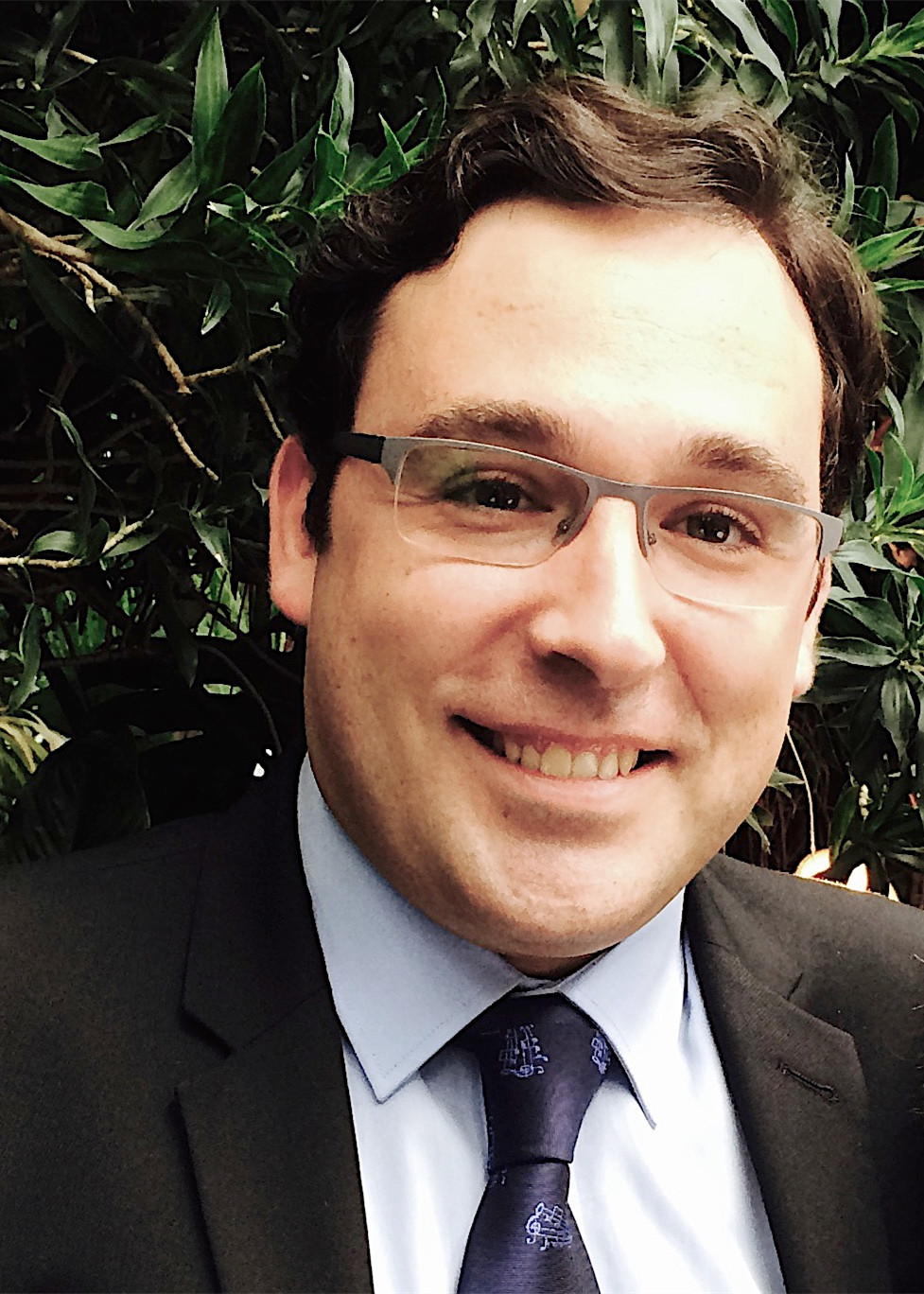
|
|
Salvador Pané i Vidal |
|
Senior Research Scientist |
|
Head of the IRIS electrochemistry laboratory
Institute of Robotics and Intelligent Systems (IRIS) |
|
ETH Zurich |
|
Switzerland |
|
Personal homepage |
|
|
|
Title: Magnetic and magnetoelectric small-scale machines |
|
Abstract: Over the past decade researchers have been developing micro- and nanorobots for use as biomedical platforms with applications such as chemical sensing and drug delivery. One of the main aspects investigated has been the fabrication and optimization of the motility component of these small agents, and one of the most promising approaches is to use electromagnetic systems to wirelessly control and actuate magnetic micro and nanostructures. In this work, we will present several magnetic micro- and nanoagents that have been produced in our laboratory with a focus on biomedical and environmental applications. Additionally, the exploitation of the magnetoelectric effect in micro- and nanorobots will be also presented. |
|
|
|
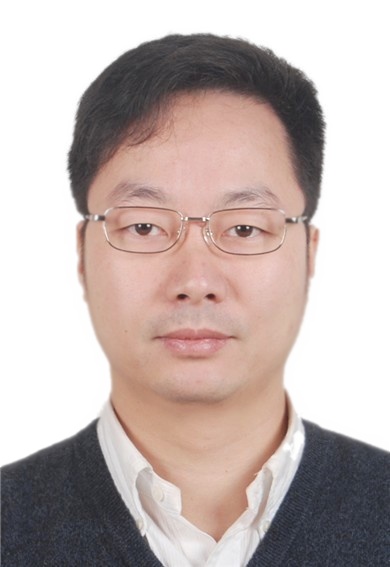
|
|
Haofei Shi |
|
Professor |
|
Chongqing Institute of Green and Intelligent Technology, Chinese Academy of Sciences
Chief Scientist |
|
Chongqing Graphene Technology Co. Ltd., |
|
China |
|
Personal homepge |
|
|
|
Title: Graphene Film Mass Production and Applications in Chongqing |
|
Abstract: In this talk, I’d like to present our recent progress on graphene film production by chemical vaper deposition. The discussion will be mainly focused on the mass production technology of graphene film as well as cost, yield, and practical applications in flexible touch sensors and wearable devieces. |
|
|
|
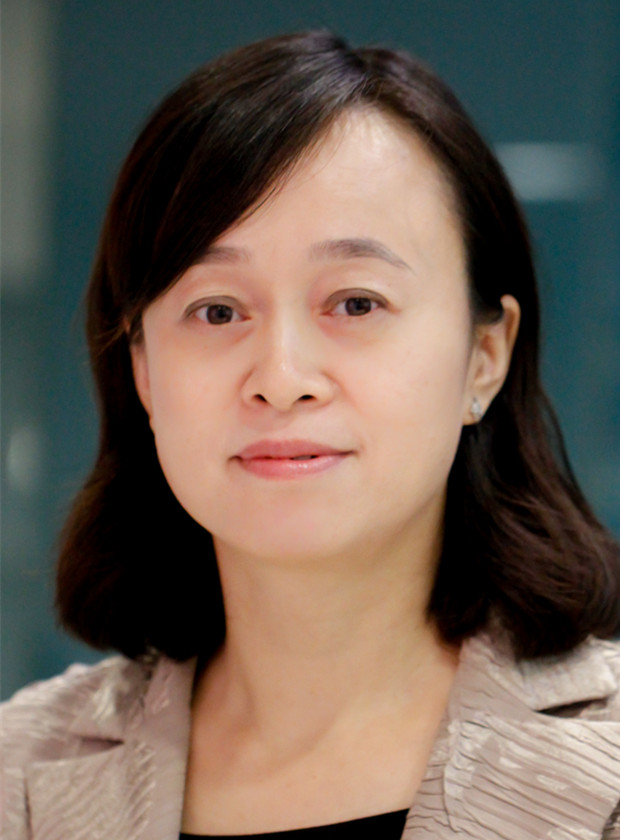
|
|
Sandy To |
|
Associate Professor & Associate Director |
|
Advanced Optics Manufacturing Centre
State Key Laboratory of Ultra-precision Machining
Department of Industrial and Systems Engineering |
|
The Hong Kong Polytechnic University |
|
China |
|
Personal homepage |
|
|
|
Title: Ultra-precision Machining of Micro/Nanostructures and Its Application |
|
Abstract: Bio-inspired hierarchical micro/nanostructures have offered new functionalities and developments in optical, photoelectric, interfacial, antibacterial, catalytic and mechanical components in a range of modern industries. The newly added functionalities vary with respect to different types and feature sizes of the micro/nanostructures on the primary surface of the components, and require the development of new capabilities for enriching the libraries of existing micro/nanostructures.
This topic will introduce the latest technology of ultra-precision machining of freeform optics and its application. Our recent research on developing a novel Diamond Milling Servo (DMS) based micro/nanomachining for the generation of hierarchical micro/nanostructures will be discussed. Experimentally, the diamond cutting techniques are demonstrated by fabricating a variety of micro/nanostructures on both planar and freeform surfaces. |
|
|
|
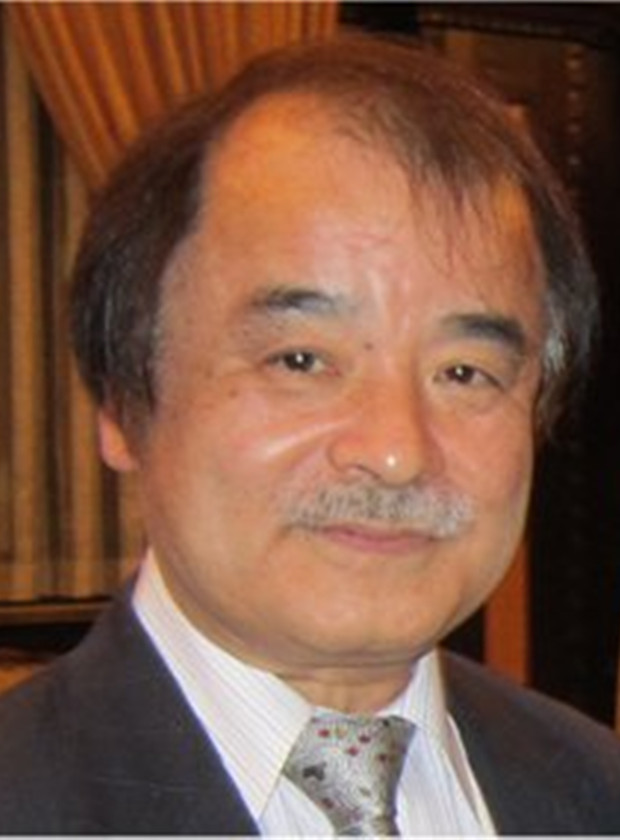
|
|
Toshihisa Tomie |
|
Professor |
|
Advanced Semiconductor Research Center(ASRC) |
|
National Institute of Advanced Industrial Science and Technology,AIST |
|
Japan |
|
Personal homepage |
|
|
|
Title: Study of carrier dynamics in Au-TiO2 nanoparticle system for solar cell and photocatalyst by using PEEM and femtosecond laser |
|
Abstract: Since the discovery of water splitting effect, TiO2 has been studied extensively as the most powerful photocatalyst. On the other hand, nano-photonics is also actively studied because electric field and visible-light absorption is enhanced greatly by using nanometer-sized metals. By combining nanophotonics and TiO2, we can expect to realize high efficiency photocatalyst for low cost solar cell and cleaning urban pollution. For developing high efficiency nano-particle attached photo-catalyst, understanding carrier dynamics is crucially important. In this talk, we report our study on Au-TiO2 nanoparticle system by using PEEM (photoemission electron microscope) and femtosecond laser for observing carrier dynamics of individual particle. |
|
|
|
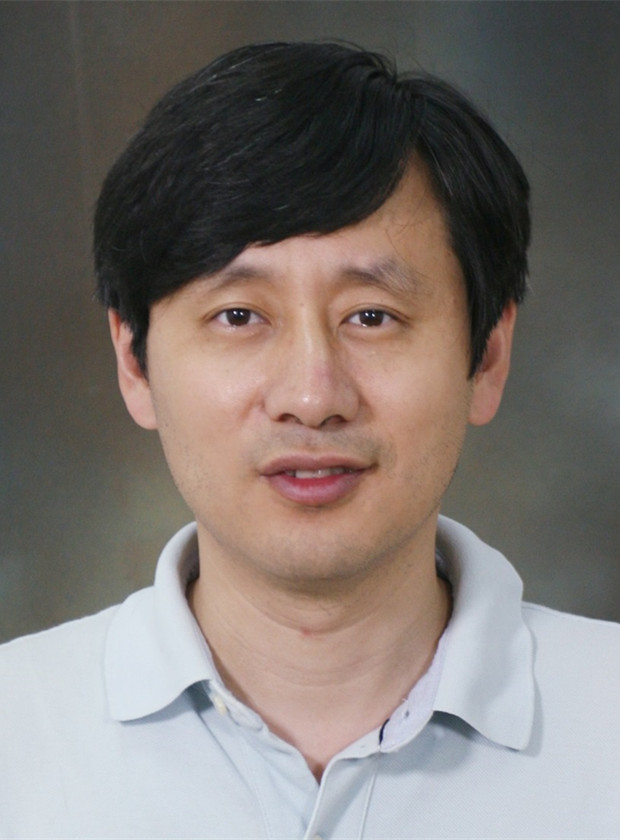
|
|
Hesheng Wang |
|
Professor |
|
Department of Automation |
|
Shanghai Jiao Tong University |
|
China |
|
Personal homepage |
|
|
|
Title: Visual servoing of robots in uncalibrated environments |
|
Abstract: Visual servoing is an approach of controlling motion of a robot using visual feedback signals from a vision system. An image-based controller usually employs an algorithm which depends on the intrinsic and extrinsic parameters of the camera and the robot physical parameters. The calibration accuracy of these parameters significantly affects the control errors. However, calibration is tedious and costly, even may not be possible in some cases. It is desirable to use uncalibrated visual signals directly in controller design. In this presentation, various visual servoing approaches will be presented to work in uncalibrated environments. These methods are also implemented in many robot systems such as manipulator, mobile robot, soft robot and so on. |
|
|
|
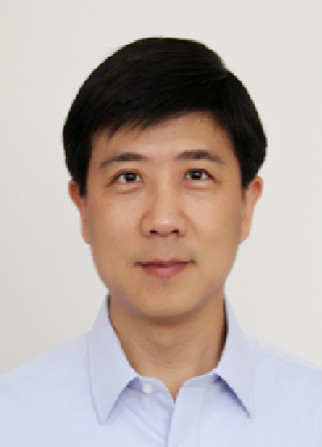
|
|
Yuegang Zhang |
|
Professor |
|
Suzhou Institute of Nano-Tech and Nano-Bionics, Chinese Academy of Sciences |
|
Department of Physics, Tsinghua University |
|
China |
|
Personal homepage |
|
|
|
Title: Functionalization and assembly of nanomaterials for electrochemical energy storage and solar energy conversion |
|
Abstract: This presentation will discuss the recent progress on synthesis, functionalization, and assembly of carbon and semiconductor nanomaterials. The realization of novel materials design has greatly advanced the energy density and cycling life of electrochemical energy storage devices such as lithium/sulfur batteries and supercapacitors. The hierarchical nanostructures also enabled high efficiency solar water splitting, which paved the way for future hydrogen economy. |
|
|
*The list of Keynote speakers is based on the alphabetical order of family names |
|
|

